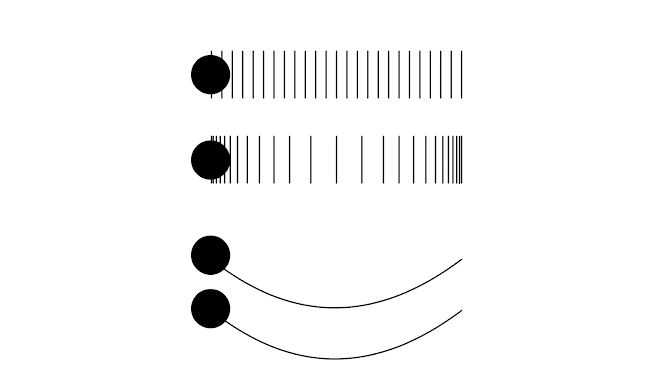Getting Used To Animation: Morph Task (Finnished)

After completing the face to mushroom morph, I continued to work on the animation for the rest of the week. The final results are below. I really pleased with how the animation turned out and I feel like you can clearly see my skills with the animation software improve as the animation goes on. After completing the face to mushroom morph, I felt I needed to not only speed up the process but also look to morph the facial features in a more interesting way. I managed to drastically speed up the process of the mushroom to elephant morph by animating the mushroom until it was in line with the elephant, and then copy and pasting my drawing, adding small changes with each image. This meant I didn't have to draw the whole image again and could focus on the changes. Another important thing I learnt from using the software was it didn't really matter what your drawing looked like. I was spending far too long on a single drawing, which will not be seen for long. Unless there was a glari...







